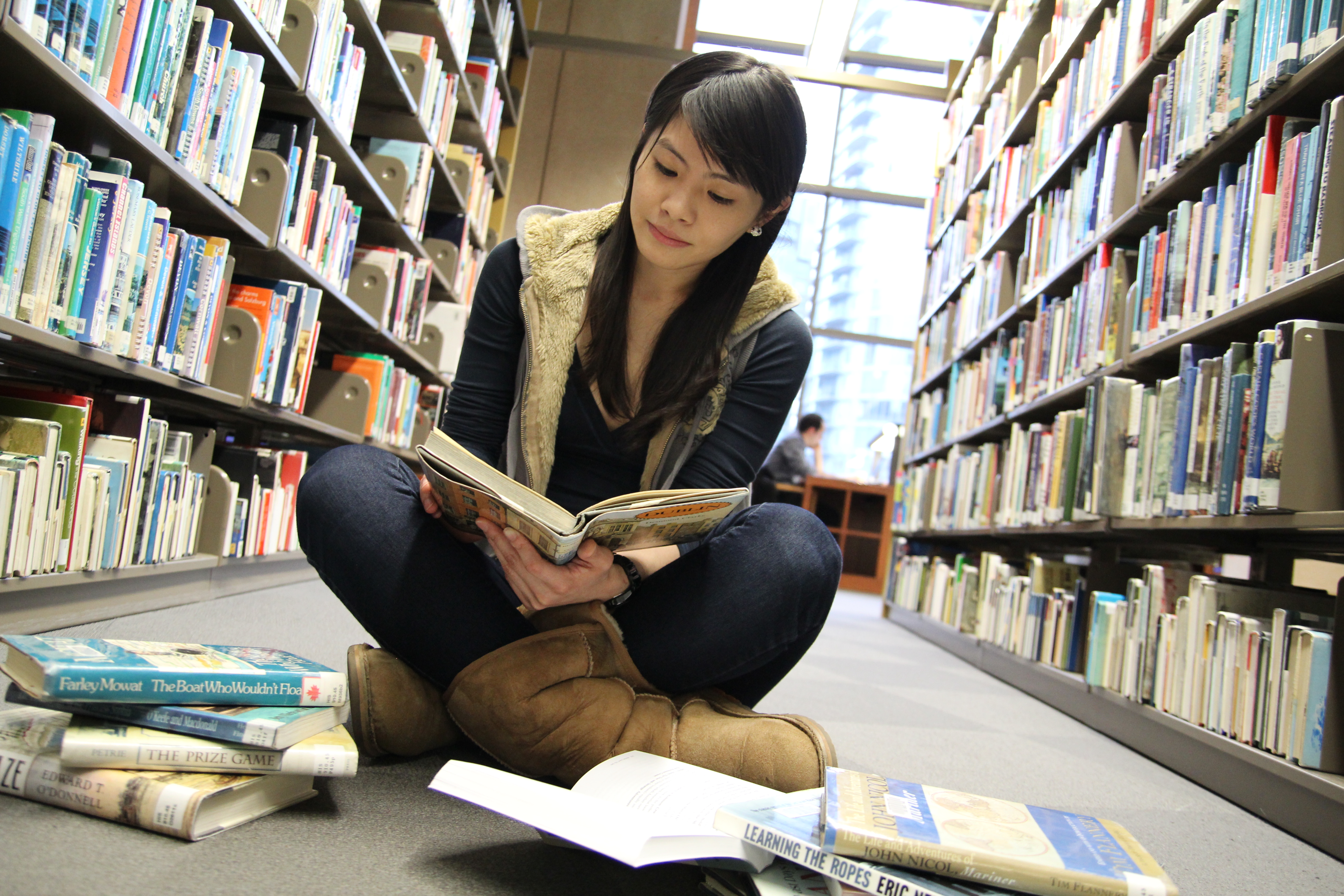At Greystone College Vancouver, we offer two TESL Canada recognized TESOL courses: a diploma program and TESOL 130, a certificate program. This is the third one out of three blog series where we will compare the programs and help you find the one that is right for you.
This last post will explore the differences between the final practicums.
Final Practicum: Both teacher training programs, certificate and diploma, include a final practicum that consists of ten hours of classroom teaching with real students. This can take one of two forms: free class or a placement with a sponsor teacher. Generally, in the diploma program, your final practicum is free class while in the certificate programs your final practicum is with a placement with sponsor teacher.
In the free class practicum, you are assigned a level. Students from local language schools sign up for free classes at Greystone College. Over the course of two weeks, you teach eight seventy-five minute lessons. Before you start your first class, you’ll have lots of support. Under the supervisions of your TESOL instructor and/or the Greystone College practicum supervisor, you will plan two unit plans of four seventy-five minute lessons. Each unit plan is connected by topic and subtopics and focuses on speaking with an emphasis on vocabulary, grammar or functions. You plan your lessons on a day to day basis, giving you a chance to adjust if necessary. The Greystone College practicum supervisor will be with you in the practicum room to provide guidance and check your materials.
As well as the Greystone supervisor, you have the support of a sponsor teacher who observes your classes in your first week. He/she gives you feedback and suggestions for improvement and provides guidance as needed. In the second week, your sponsor teacher only attends one class, giving you a chance to take complete ownership of the class and work more autonomously. When the sponsor teacher visits in your second week, he/she evaluates you. This mark is a cumulative grade based on his/her overall impressions and on whether or not you have incorporated feedback. Your practicum instructor will also be dropping in to evaluate you.
The benefit of the free class practicum is you have more freedom to plan the class as you see fit. It’s your class and you’re in charge. But you’re not alone. As well as your sponsor teacher, you have the support of your practicum supervisor and, more importantly, your classmates who are preparing alongside you. This is a great opportunity to share ideas and to put your ESA lesson planning skills to practice. Finally, the students in your class are generally very supportive. They sign up for the classes with the understanding that their teacher is a teacher in training. Many return session after session.
If you are placed with a sponsor teacher, you will teach ten hours in his/her class. This may be an ELSA class (new immigrants and refugees), an ILSC class or a class at another language school. We do our best to accommodate your needs, interests and schedule and we have working relationships with several schools and organizations. You will make a schedule with your sponsor teacher. The schedule will include ten hours of observation and ten hours of teaching. The sponsor teacher will likely dictate what areas you cover though generally, you will get to decide how you cover them. After each teaching session, your sponsor teacher will provide you with feedback. At the end of your ten hours, he/she will issue you a final grade based on your overall performance. A practicum supervisor will also drop by your class to evaluate you.
The benefit of this practicum is that you get a chance to step into an existing class and see how an experienced teacher plans and teaches. It can be a great way to make contacts in the industry. Your sponsor teacher may encourage you to try new types of activities and different styles of lesson planning, giving you a chance to expand your knowledge base.
Conclusion: When choosing a program, consider whether you’d prefer to have your own class during practicum or be in someone else’s. Here are the questions you should ask:
- What type of students would you like to teach? If you want to teach new immigrants or refugees, the certificate program offers placements in these settings.
- Do you plan to teach abroad or locally? The diploma program gives you more practice in creating your own resources and unit planning, skills that may come in handy if you plan to teach somewhere with limited resources and/or less structured classes. The certificate program might provide you with an opportunity to make a good impression at local language schools.
No matter which program you choose, you’re in for a rewarding challenge. We hope to see you soon.

